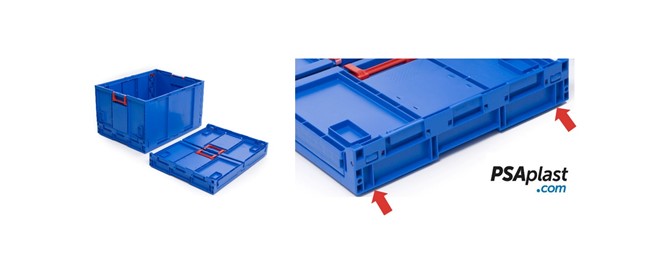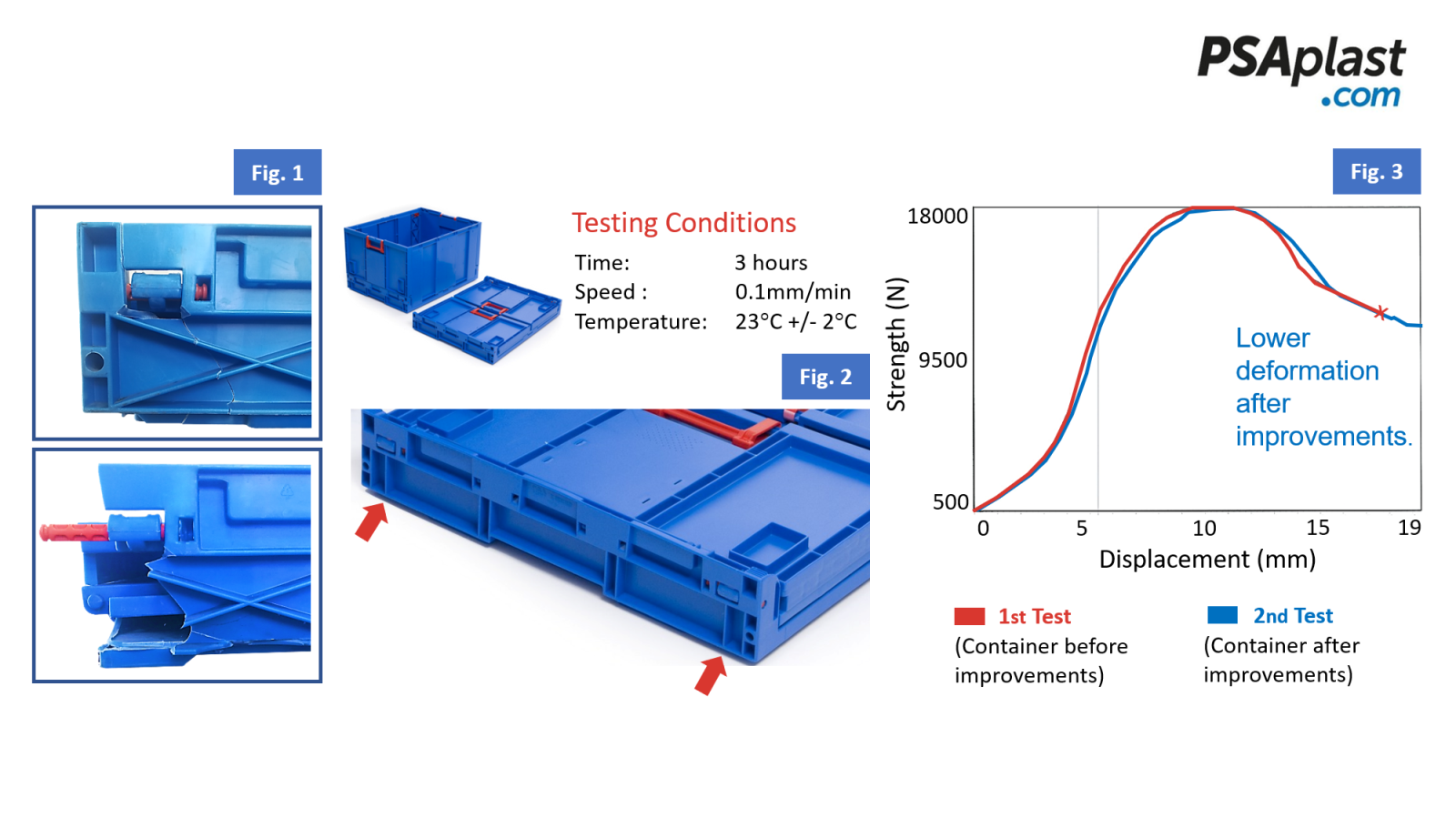News
ALC Attached Lid Box 680x450mm Trays for distribution Box with Wheels - Ref. 980R_ Picking Box with removable door Baskets for waste collection Picking Box Folding Container improvements Folding boxes for the automotive industry in Czech Republic Plastic box - Logistics between component suppliers and VULCANO ( BOSCH Thermotechnik - Portugal) Carbon Footprint Reinforced folding box for transport of values Africa EcoRace / Dakar Rally (PSAplast plastic box) Plastic boxes for bread transport DHL Supply Chain Boxes for logistics of fruits and vegetables Plastic Boxes for grape harvest Attached lid box - Draulicfren, S.L. Boxes for distribution with attached lids New Roll-container developed for Decathlon Internal logistics at Dutch bicycle manufacturer "Gazelle" Online order picking by supermarkets, and logistics units Internal logistics in the company Sweets and Sugar, S.A., producer of sugar, candies, drops and caramels. Trays for hand luggage control at airports Folding Box - Vanpro logisticsExhibitions

In order to optimize the design of the 800x600mm Folding Containers, a compression test was carried out with the plate of a press moving down at a constant speed of 0.1mm / minute, which means that after 3 hours the press imposes a deformation of 18mm. The press measures at every moment, throughout the duration of the test, the force with which the container reacts to the imposed deformation, and thus a graph is obtained that presents the Force as a function of the Deformation to which the container is submitted. In the first test, it was found that the container broke before reaching 18mm deformation. Fig.1 shows the breakage of the container. After an analysis it was decided that a vertical rib should be added under each hinge that supports the shorter walls of the container (Fig. 2). At the same time, it was decided to eliminate the diagonal ribs as they did not contribute to the compressive strength of the container. The corners of the container have been rounded to reduce the stress concentration which led to the appearance of cracks and breakage of the container in the original version. Fig. 3 shows the Force / Displacement graph before and after optimization. It shows that the container was slightly more rigid in the original version (until reaching the maximum force, the Force with which the container reacts to the imposed deformation is always a little higher than that found after the optimization of the container). On the other hand, after reaching the maximum force, the optimized container starts to react to the imposed deformation with a higher force, and it reaches the maximum imposed deformation of 18mm without breaking. Thus, it was possible to improve the strength of the Folding Container.

